In four days, we have another Residential Treatment Team Meeting for our youngest adopted daughter with Reactive Attachment Disorder (RAD), PTSD, Anxiety, ADHD, Autism, and a mood disorder.
I dread this meeting every month.
Her treatment team shares behavior counts for the last 30 days, which are always incredibly high.
The numbers themselves aren't shocking or surprising.
It's the anxiety, fear, and instant trauma response that take over every time I hear them read that cripples me.
A caregiver's fears when raising a child with RAD are real!
Last month's residential behavior counts were so high.
What is a mother to think about these numbers?
How does a mother respond?
Any and every response is usually going to be based on fear.
Warning: This post is about behaviors related to Reactive Attachment Disorder and may be triggering to some.
Important: Children with RAD are victims. It is our goal to support healthy and loving families where children with RAD can heal, if possible.
The Worst Cases of Reactive Attachment Disorder
That fear is so very real!
Fears of a Caregiver of a Child with Reactive Attachment Disorder
1. I fear that I won't ever be enough for my child with Reactive Attachment Disorder (RAD).
A caregiver of a child with RAD may never feel like she is good enough.
No matter what she does as a caregiver, it will feel wrong and likely won't be accepted by the child with Reactive Attachment Disorder.
In these scenarios, a caregiver may resort to trying anything and everything, including unhealthy and inappropriate parenting techniques, resulting in horrible consequences.
Another caregiver may give up and give in to the keep the peace, allowing the child with Reactive Attachment Disorder to run the show at home, putting everyone in the home at risk.
Many caregivers struggle with depression, because of the verbal, physical, and emotional abuse received by the child with Reactive Attachment Disorder.
Remember this is not the child's fault. This is how the RAD brain works.
When caregivers seek professional help, they are often blamed for their child's behaviors and made to feel that they are the problem.
This just causes caregivers to feel more hopeless.
An experienced and educated caregiver of a child with Reactive Attachment Disorder knows that typical parenting techniques don't work.
A caregiver of a child with Reactive Attachment Disorder receives so much judgement from others as she becomes the parent her child needs.
At every turn a caregiver of a child with Reactive Attachment Disorder receives the message that she is not good enough.
The hardest reality is accepting that you may never be enough for your child with Reactive Attachment Disorder.
No matter how hard you try and how perfect of a parent you become, you cannot change the child's behaviors.
Only the child can do that, when she's ready.
You can only love them unconditionally no matter what.
2. I fear that others aren't taking care of my child with Reactive Attachment Disorder appropriately.
Whether a child with RAD attends day care, school, a day program, or residential, there's always a fear that others won't respond to behaviors appropriately, resulting in consequences for you as the caregiver.
A caregiver knows the negative working model that is always present in the brain of a child with Reactive Attachment Disorder and what that means for those who care for the child.
- The caregiver extends unconditional love.
- The child can't trust caregiver and pushes back hard, sometimes in dangerous ways, other times provoking caregivers.
- The caregiver responds to behaviors in a negative way, at times similar to the child's original abuser.
- The child with RAD's brain confirms that she cannot trust others.
It takes every fiber of a caregiver's being to NOT respond negatively to behaviors from a child with Reactive Attachment Disorder.
A lack of negative response may cause the child with RAD to push back and provoke in even more dangerous ways.
In situations where a child with Reactive Attachment Disorder is pushing back and provoking outside of the home, it is hard to trust that others will respond appropriately.
Everyone has a breaking point.
A RAD child will test that breaking point.
Very few have the training and experience a full time caregiver of a child with RAD has.
The fear of someone else harming your child with Reactive Attachment Disorder is real.
3. I fear my child will be kicked out of a program and I will be left to deal with behaviors, putting my family and myself at risk.
When a child with Reactive Attachment Disorder isn't displaying artificial charm, she may be testing every limit because she doesn't feel safe.
Environments, actions, words, and items that help other children feel safe, do not work with children who have Reactive Attachment Disorder.
Testing limits has no boundaries.
Until a child with RAD is capable and decides to heal from RAD, behaviors just become more severe over time.
Severe behaviors leave professionals at a loss.
There's only so much professionals can take, especially when behaviors are directed at them.
A day care center, after school program, classroom, day program, respite home, and residential facility can become unsafe because of the child with RAD.
Again, this is not the child's fault. This is the RAD brain.
It's in those moments that the child with Reactive Attachment Disorder is kicked out and the caregiver is left to pick up the pieces.
Behaviors are too severe in other settings, yet caregivers are often expected to bring the child with Reactive Attachment Disorder home exposing other children, your spouse, and caregivers to dangerous behaviors.
4. I fear I will be charged with endangering the welfare of my other children, when caring for a child with Reactive Attachment Disorder due to the severe behaviors that go along with that.
No healthy and loving caregiver wishes to put her children in harm's way. EVER.
Caregivers strive to protect their children from all harm in every circumstance they can.
But what happens when one of your children is harming your other children?
Again, this is not the child's fault, but the RAD brain.
How do you ensure that ALL of your children are safe?
Your first instinct may be to obtain help from professionals.
Sometimes that's enough.
But what about the times when it's not enough?
What do caregivers do when those professionals quit or kick a child out of programs because her behaviors are too severe?
Caregivers are left on their own with no help or support, yet are still responsible for the safety of their family, and can be charged with endangering your children, when the child with RAD harms them.
5. I fear I will be charged with abandonment or abuse when trying to protect myself, spouse, and other children from my child with Reactive Attachment Disorder.
There are laws that protect children from abusive and neglectful caregivers.
In most areas there are NOT laws that protect caregivers and siblings from an abusive child.
Abusive behaviors are not the fault of the child with RAD.
A child with Reactive Attachment Disorder has been previously abused and/or neglected for a specific amount of time that alters the brain and its ability to attach and feel safe.
When raising a child with Reactive Attachment Disorder there are times when a caregiver has to intervene in a physical way to protect others in the household.
In some cases, caregivers may be faced with the decision to surrender their child with Reactive Attachment over to the state in order to obtain help.
Yes. You read that correctly!
In some cases, the ONLY way to obtain help outside of the home is by surrendering parental rights.
This may occur after a child with Reactive Attachment Disorder has been kicked out of multiple programs and residential placements etc.
This scenario may also occur in situations where other children in the home have been severely harmed by the child with Reactive Attachment Disorder and there is no other place for the child to go.
We at Every Star Is Different do not support surrendering parental rights. It's our goal to encourage healing when it's safe and possible.
No caregiver ever wishes any of this to happen.
Yet in all of these cases, the caregiver is held accountable for the actions of the child with Reactive Attachment Disorder.
The entire family can be destroyed in these scenarios.
6. I fear that my child with Reactive Attachment Disorder will lie about caregivers in the home, causing false accusations and charges against us.
One symptom of Reactive Attachment Disorder is pathological lying.
This is not the fault of the child with Reactive Attachment Disorder. Lying is part of how the RAD brain has learned to work to survive.
Lying can be a fantastic tool when pushing back against caregivers who are attempting to attach.
It is also very common for a child with RAD, to share stories from their past, regarding abuse they received before coming to the current caregiver's home, and confusing the caregiver and abuser.
The effects of trauma are real.
Even when an individual is completely safe, the brain believes the person is not.
Lies told by a child with Reactive Attachment Disorder can lead to significant damage to the family unit.
At times a caregiver who is falsely accused may end up in jail.
This scenario is the nightmare of nightmares for a family who was trying their hardest to love a child who could not accept love.
7. I fear that my child with Reactive Attachment Disorder will severely harm a person in the home to the point that the person is unable to recover.
It is a fact that a child with Reactive Attachment Disorder targets family members.
There is always the chance that someone in the home will be harmed by a child with RAD.
Caregivers must be at their best when it come to keeping others in the home safe, utilizing resources, obtaining help, and setting up safety plans.
The goal is to keep everyone safe, including the child with Reactive Attachment Disorder who is suffering.
It is not uncommon to require assistance from law enforcement when protecting yourself and others in the home.
The goal is always safety and accepting that there are times as a caregiver that you cannot keep everyone safe and need help.
Always seek help.
8. I fear that my child with Reactive Attachment Disorder will severely harm herself to the point that effects are permanent.
If a child with Reactive Attachment Disorder doesn't have homicidal tendencies, she most likely has suicidal tendencies.
This is not the child's fault, but how the RAD brain works due to abuse and/or neglect the child with Reactive Attachment Disorder has received.
There is always a chance that a child with Reactive Attachment Disorder may harm herself.
It is crucial to set up the home in a way that keeps the child with Reactive Attachment Disorder safe.
Safety goes so far when trying to form loving attachments.
If there comes a time when it becomes too difficult to keep the child with RAD safe in the home, a caregiver needs to take the child to receive an emergency mental health screening or other treatment outside of the home.
The child with Reactive Attachment Disorder may need to be hospitalized to receive the help she needs.
9. I fear that my child with Reactive Attachment Disorder will destroy our home in significant ways.
A child with Reactive Attachment Disorder often destroys property.
This is not the child's fault, but how the RAD brain works.
Destruction can increase with age and strength.
There are many forms of destruction.
All are possible.
Repairs cost money.
Permanent damage to a home or other building in the community are possible.
When destruction becomes severe, it's important to call for help and document everything.
Even with this documentation though, most likely you, the caregiver will still be responsible for paying the cost of repairs etc.
10. I fear that insurance won't pay for the help my child with Reactive Attachment Disorder desperately needs.
There are moments when everything seems right in the world.
Your child's team members are all on the same page.
Both you and your spouse agree.
A plan is in place and all will be well.
And then...
Insurance refuses to cover the plan.
Or, your child with Reactive Attachment Disorder is in treatment and it's not working.
The child with RAD is too dangerous to return to the home.
This is not the child's fault, but the RAD brain.
Yet, the insurance company refuses to pay for more treatment and the caregiver is left in an unsafe situation.
Both scenarios are real and do happen to so many families raising children with Reactive Attachment Disorder.
How to Cope with Fear as a Caregiver of a Child with Reactive Attachment Disorder
It's important to remember that fears are completely normal when raising a child with Reactive Attachment Disorder.
Fears are real and valid.
The goal is to use those fears and anxieties to motivate you to do the following.
- Create a system of checks and balances for yourself as a caregiver.
- Form back up plans for when everything goes wrong.
- Seek help and support for yourself through mental health therapy.
- Set boundaries for yourself regarding how you will advocate for your child.
- Create a healthy support system for you and your child.
- Prepare the home environment for safety, emergencies, and possible destruction of property.
- Create safety plans and plan for next steps after they've been broken.
- Set up a plan to save money for times when expenses are high.
As you plan and prepare for all that may come, your fears and anxiety will lessen and be replaced with confidence.
Confidence promotes love, attachment and healing for the RAD child, when possible.
Bad things ARE going to happen when you're raising a child with Reactive Attachment Disorder.
This is no one's fault, it just is.
Your role is to protect your family and yourself, and the child with RAD.
Be prepared.
It is possible to protect everyone, even in the worst of situations.
If you enjoyed this post, you may also like the resources below.






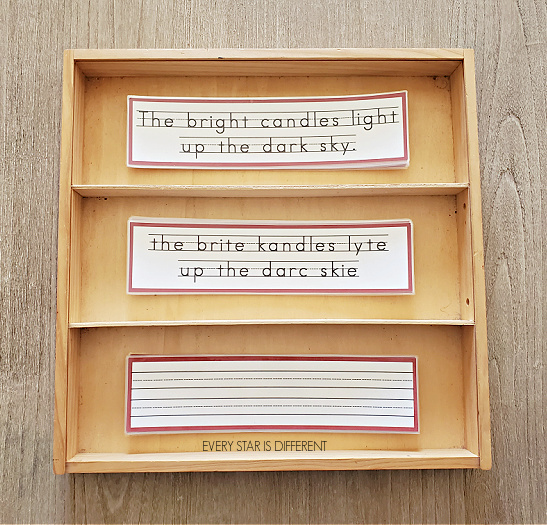


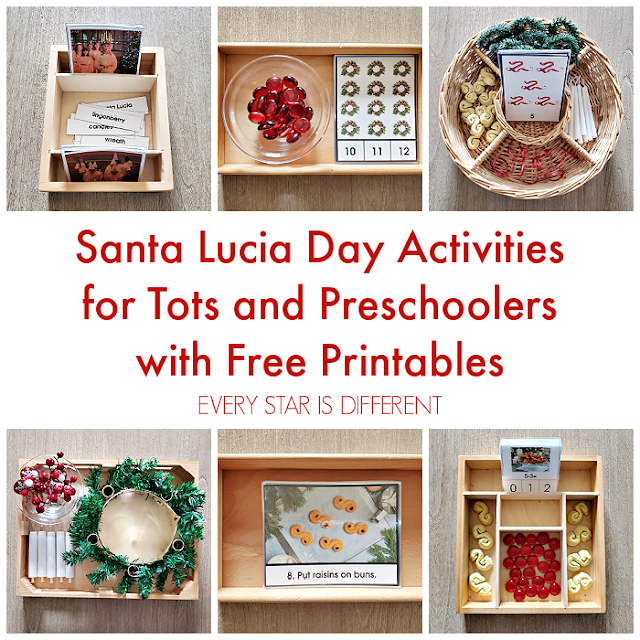









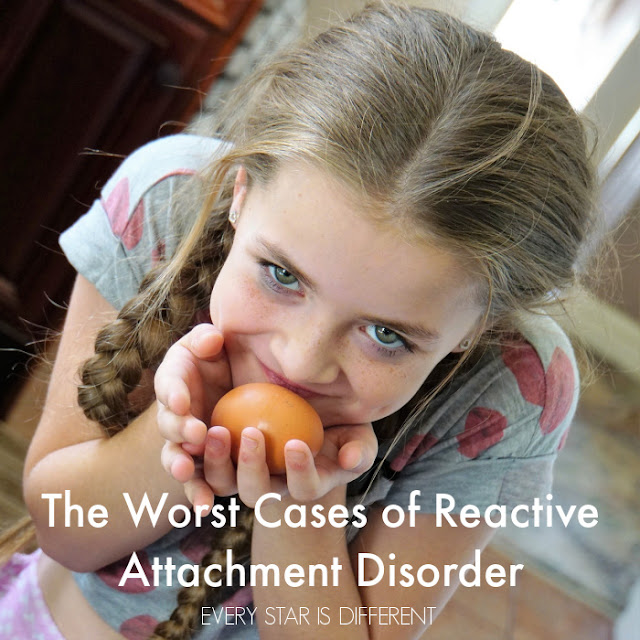



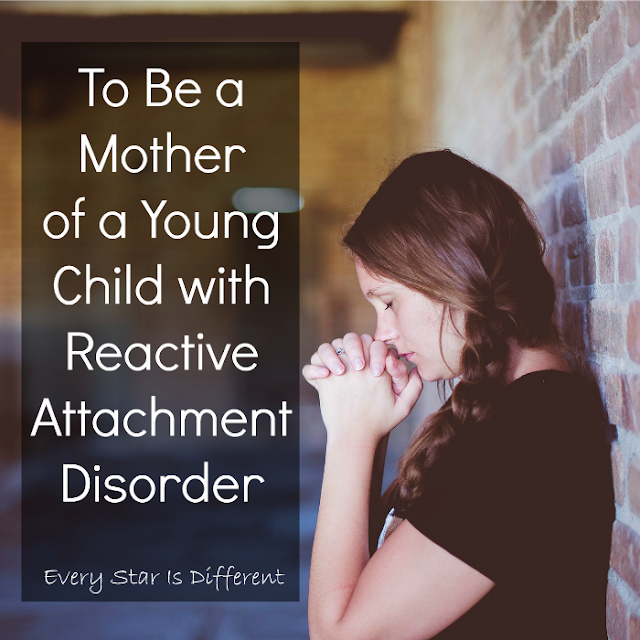
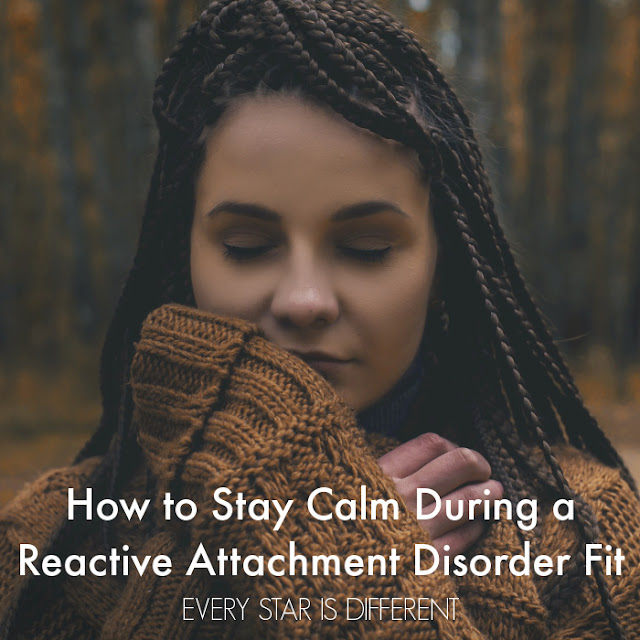
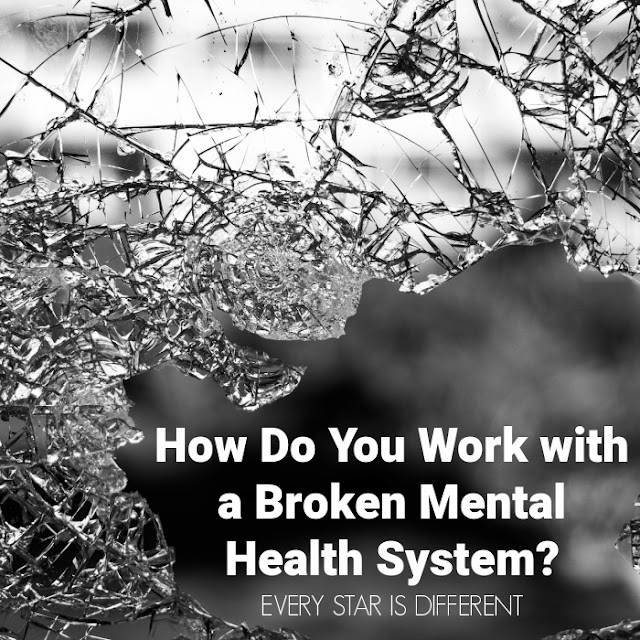

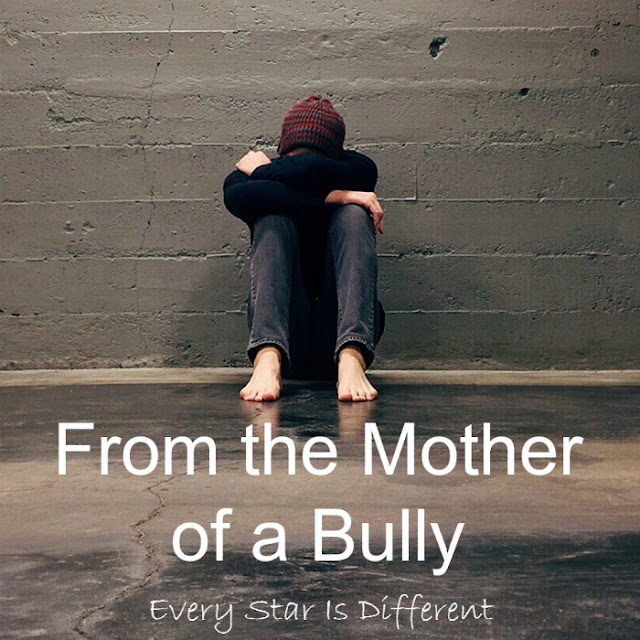





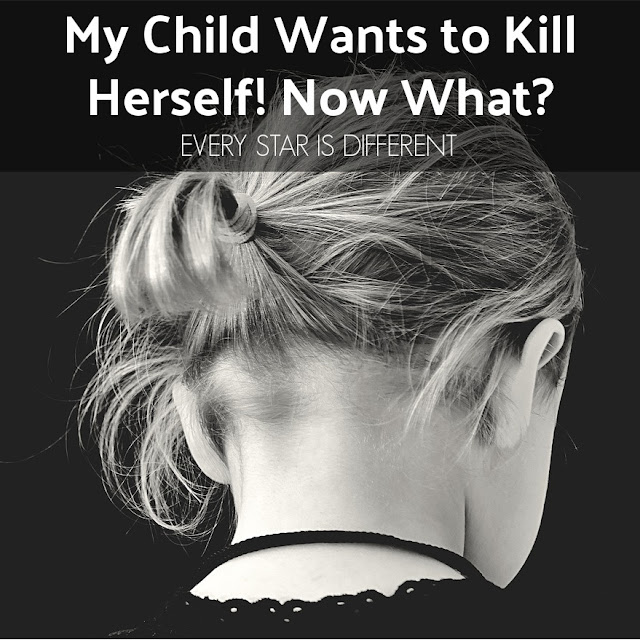


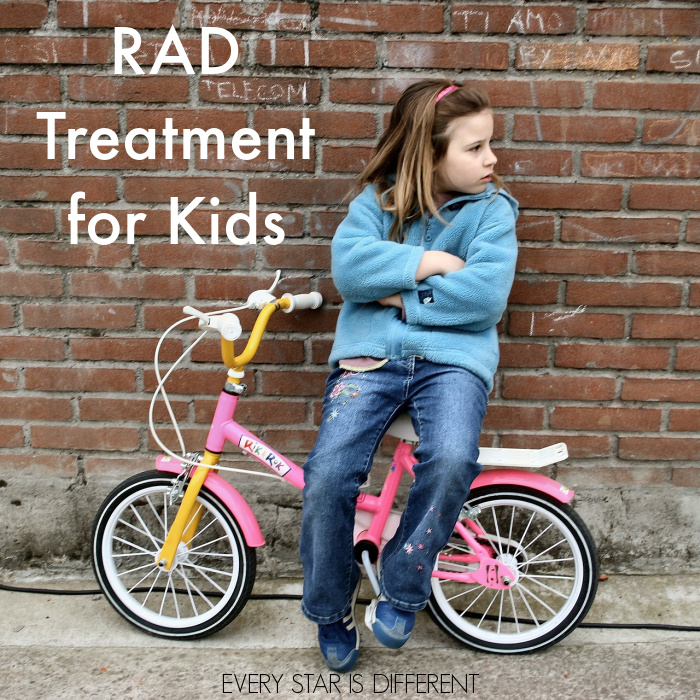





.jpg)

.png)



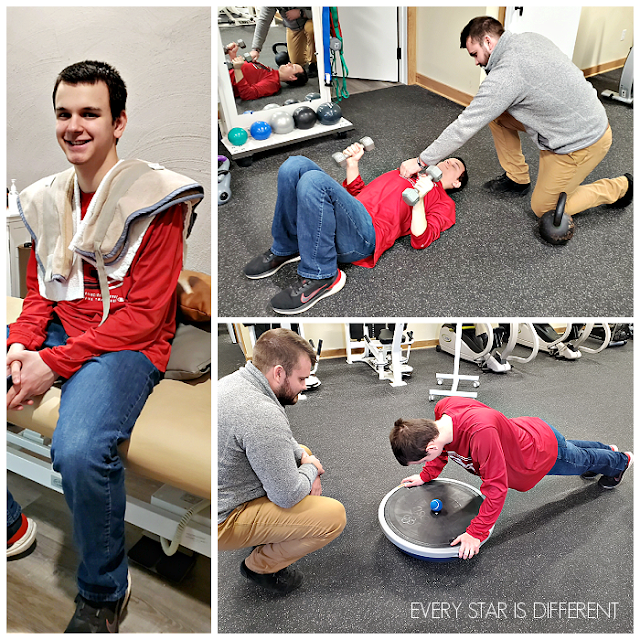


.jpg)
.jpg)





